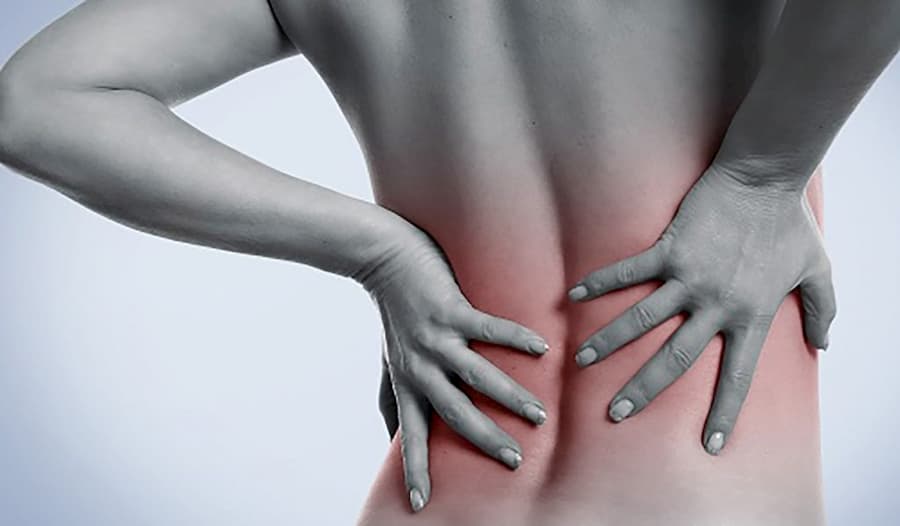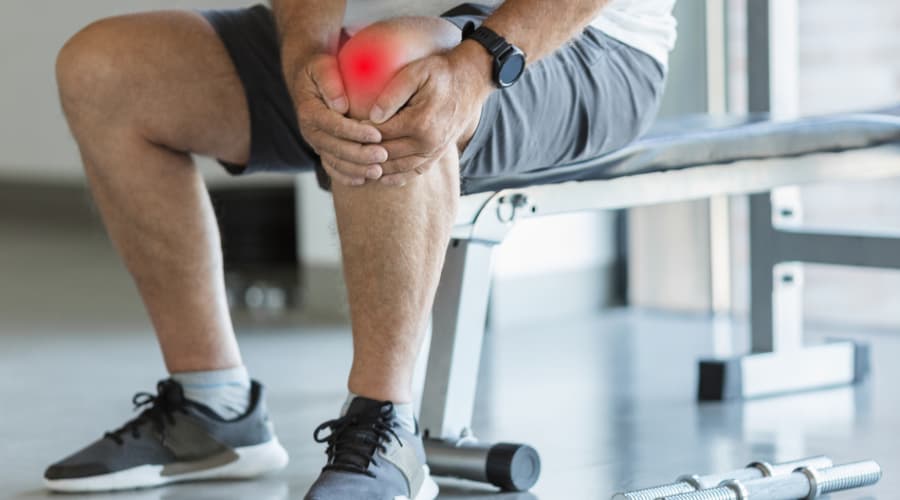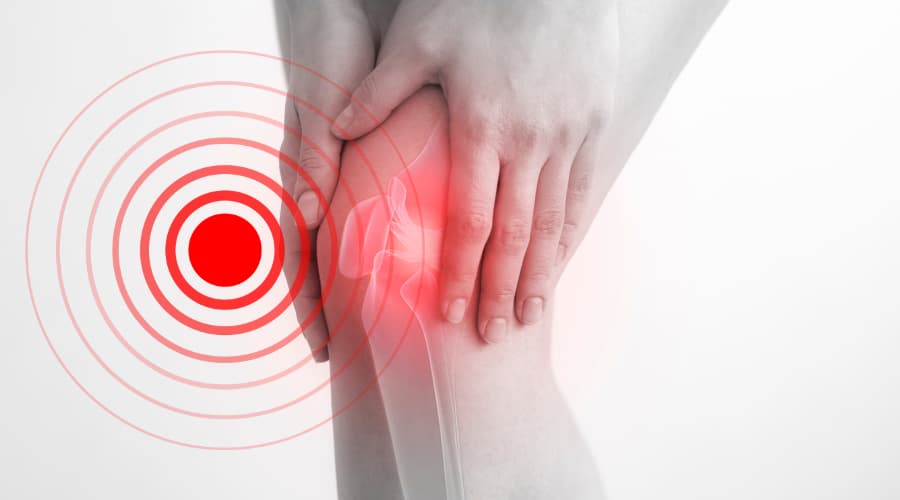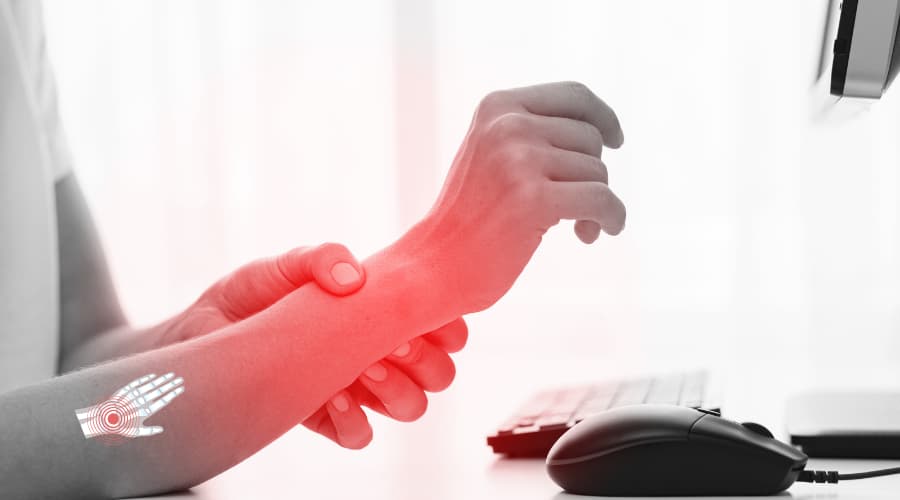Extracorporeal Shockwave Therapy is a non-invasive, non-surgical, procedure that uses shockwaves to treat and heal musculoskeletal conditions by increasing the flow of blood to the affected area. The procedure itself takes only a few minutes and does not require a hospital stay. Used in cardiology, urology, orthopaedics and physical therapy, the treatment employs high amplitude, abrupt, pulses of mechanical energy produced by an electromagnet coil that generates shockwaves similar to those used in lithotripsy for breaking up gallstones and kidney stones.
Although the treatment is very effective, it’s not recommended for all patients.
When Shockwave Therapy Is Not Suitable Treatment
While there are a large number cases and situations for which Shockwave therapy is suitable and which experiments have shown produce minimal side effects, contraindications have revealed with some conditions Shockwave use isn’t a safe option. In those cases, Shockwave isn’t suitable because it could potentially cause serious harm to the patient. A practitioner’s assessment is always necessary when making such a determination. Experience has shown people with certain health histories and conditions tend to have an adverse reaction to Shockwave.
The current recommendation is that Shockwave therapy not be used unless the underlying health condition has been present for 6 months or more. However, a growing amount of anecdotal evidence put forward by professional sports teams and practitioners across Europe say the risks posed by using Shockwave therapy earlier than that are few. Eschewing the more conservative guidelines and using Shockwave in situations where there are contraindications have a great many grave risks associated with them. The consequences for improper Shockwave use can be dire.
While pushing the boundaries of Shockwave therapy may occasionally provide benefits, the ‘safety first’ approach protects the general population’s lives and their health. Using Shockwave therapy on a localised area like a pregnant woman’s ankle is not encouraged, but poses minimal risk to the unborn child. Treating a 70-year-old patient with chronic tendinopathy using Shockwave may seem safe, but if a cortisone injection taken previously caused a ruptured tendon, Shockwave therapy would cause excruciating pain. Contraindications are designed to protect people.
Absolute And Relative Contraindications
Contraindications to the use of Shockwave therapy can be divided into two groups. They are absolute contraindications and relative contraindications. Conditions that have absolute contraindications for the use of Shockwave therapy means it should not be used at all. In cases where there are relative contraindications, Shockwave therapy should be used with extreme caution. However, no matter how clear and distinct the symptoms a patient displays, it’s essential they be adequately screened so the Shockwave practitioner has the accurate information needed to decide if they are a good and safe candidate for Shockwave therapy.
Patients with chronic pain often inquire about and request Shockwave therapy despite its many serious contraindications because it has the potential to provide fast, long-lasting pain relief without the need for injections or surgery. But even though when used following the proper protocols Shockwave therapy can trigger positive biological effects that can promote healing, better blood flow and faster tissue regeneration, the contraindications should give practitioners pause. The therapy can cause major, long-term, health problems if the contraindications are ignored and Shockwave is used indiscriminately.
Absolute Contraindications
There are absolute contraindications related to the use of Shockwave therapy on or near certain parts of the body. Some body parts for which absolute contraindications against the use of Shockwave therapy exist include:
A. Lungs
There are strong warnings against performing Shockwave treatments across any part of the lungs’ surface area or Shockwave treatments in areas of the body that would cause the shockwave to be inadvertently directed towards the lungs. The areas in which Shockwave therapy must be strictly avoided include the heart, the sternum, the thoracic spine and its associated muscles, the scapula, most pectoral muscles and the area under the trapezius’ upper fibres near the apex of the lungs.
B. Eyes
The use of Shockwave therapy in, near or around eye tissue is strictly verboten. The tissue of and around the eye is fragile and delicate. This makes the eye highly susceptible to being adversely affected by the shockwaves and potentially suffering serious, severe, debilitating and permanent damage that can impinge on the patient’s ability to see clearly.
C. Brain
There are absolute contraindications designed to warn Shockwave practitioners against using the therapy in any area near or around the brain. It has been clearly established that the shockwave can release destructive forces which when seen at transitions has shown the ability not only to potentially damage brain matter, but also to destroy it. The risk of serious, permanent, brain damage is too high to attempt to get the therapeutic benefits from using Shockwave therapy anywhere near the brain or brain tissue.
D. Major Blood Vessels
The use of Shockwave therapy is to be avoided in the areas at or near the major blood vessels both in the neck as well as in the thigh. The presence of the shockwave in or around those sensitive areas has the potential to damage major blood vessels there and put the patients at an exceedingly high risk for suffering catastrophic bleeding.
E. Major Nerves
Some other sensitive areas that should not be directly treated with Shockwave therapy are the ulna/radial nerve, the brachial plexus and other superficial major nerves. While there is an absolute contraindication against using Shockwave therapy directly on the major nerves, it is acceptable to use Shockwave therapy treatment on the areas around the major nerves. However, it’s important to use an abundance of caution when performing the treatment in areas near major nerves.
F. Open Wounds/Post Surgical Wounds
The use of Shockwave therapy treatment on or near open wounds or post surgical wounds whether or not they have been subjected to stabilisation through the use of glue, stitches or steristrips, is prohibited. It is abundantly clear that Shockwave can do serious damage to tissues as well as local circulation. Employing Shockwave therapy too close to open or post surgical wounds could lead to not only degradation of the wound, but also further bleeding as well as delayed healing.
G. Implanted Devices Or Hormones
There are absolute contraindications against the use of Shockwave therapy in people who have implanted devices or implanted hormones. Shockwave therapy uses waves that are both positive and negative. Either of these types of waves have the potential to do damage to nerve stimulators and other types of implanted devices. The waves can cause unwanted effects and equipment failure. Implanted hormones could be released too rapidly by shockwaves being applied to them.
H. Epiphysis
Using Shockwave therapy with people with open growth plates is dangerous. That’s because the shockwaves can potentially damage the plates. As a result, the growth plates can close too quickly, their growth can be delayed or the shockwave can cause an excessive amount of plate growth. None of these bodes well for the patient.
Relative Contraindications
Using Shockwave therapy in certain parts of the body can be effective, yet pose dangers for the patient. This requires the practitioner to use extreme caution. That type of situation is called relative contraindications. Some of the areas of the body for which relative contraindications exist include:
A. Genitals
Normally shockwave treatment in areas close to the genitals is excluded. However, research on Shockwave therapy and erectile dysfunction has shown if done carefully, shockwave treatment in the genital area can be safe and effective.
B. Pregnancy
Shockwave treatment to a pregnant woman’s stomach area is an absolute contraindication because even in low doses shockwave can negatively affect the fetus. However, using Shockwave treatment on the foot of a pregnant woman can be relatively safe if performed carefully.
C. Clotting Disorders/Anti-Coagulants
If proper caution is used during treatment, Shockwave therapy can be used on patients with clotting disorders or those taking anti-coagulants. The danger is high pressure or high frequency shockwaves can cause bleeding.
D. Joint Replacements
Shockwave therapy used at the proper settings can prepare patients for new implants by loosening previously implanted joints. Shockwaves can also stimulate the growth of bone around implanted joints. If these are not the practitioner’s desired outcomes, shockwave therapy is contraindicated and shouldn’t be used.
E. Infection
There are relative contraindication for using Shockwave therapy for people with infections. It can increase cell production and that can negatively affect people with infections. However, the shockwaves stimulate healthy tissue growth and can be helpful in dealing with cysts.
F. Cancer
Shockwave therapy has relative contraindications when treating cancerous tissue because although it can encourage cell growth, shockwaves can also destroy cancerous tissue.
G. Corticosteroid Injections
Steroid injections can weaken an area and using Shockwave therapy immediately afterwards could cause serious damage. It’s recommended practitioners wait 4-6 weeks after the injection before using Shockwave therapy.
Relative and absolute contraindication for Shockwave therapy use are designed to provide guidance for practitioners and protection for patients.
Related Articles
- Shockwave Therapy FAQs
- Treatment of Plantar Fasciitis using Shockwave Therapy
- Can Shockwave Therapy Help With Musculoskeletal Problems
- Shockwave Therapy For Running Injuries
- Types of Tendonitis that Shockwave Therapy Can Treat




